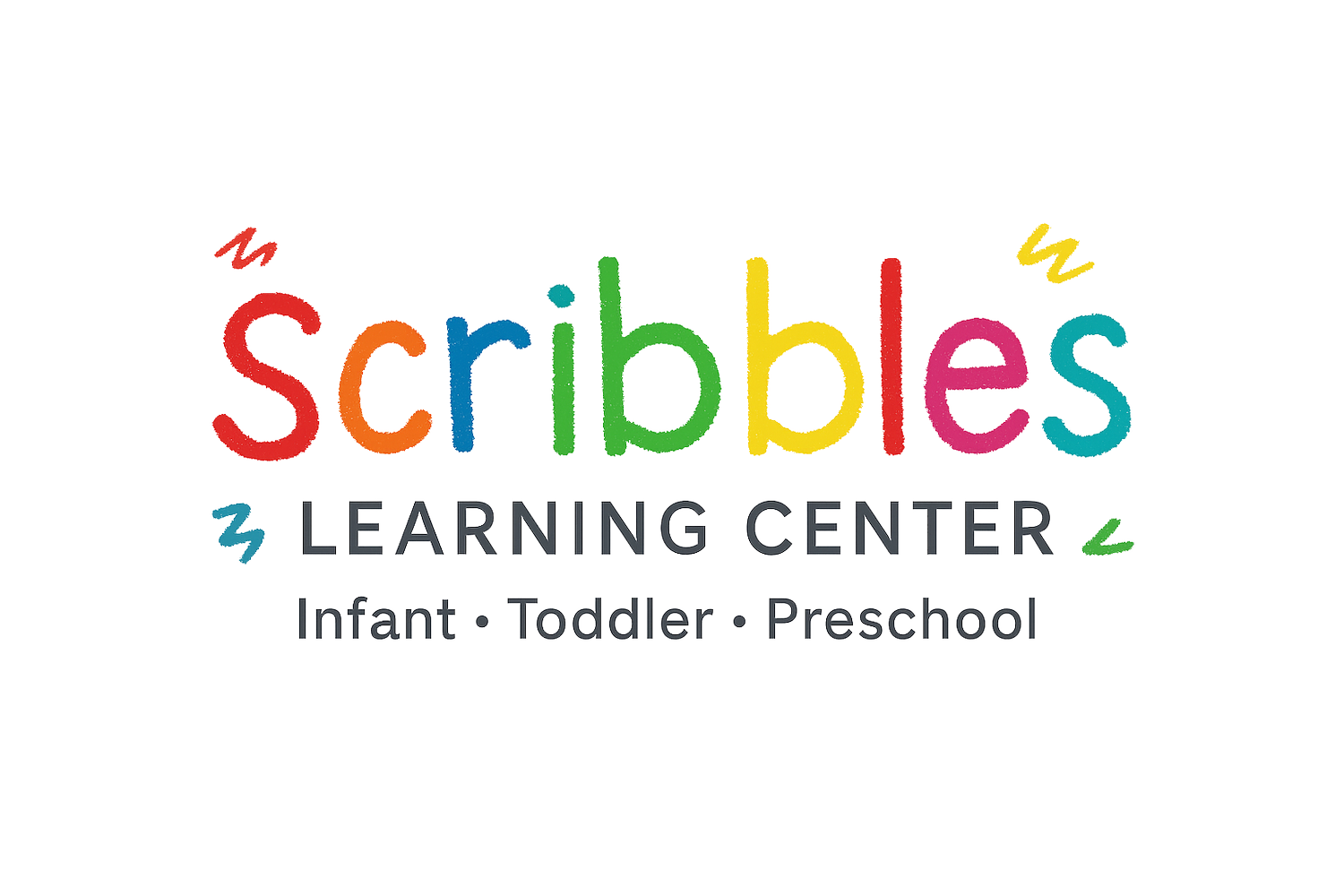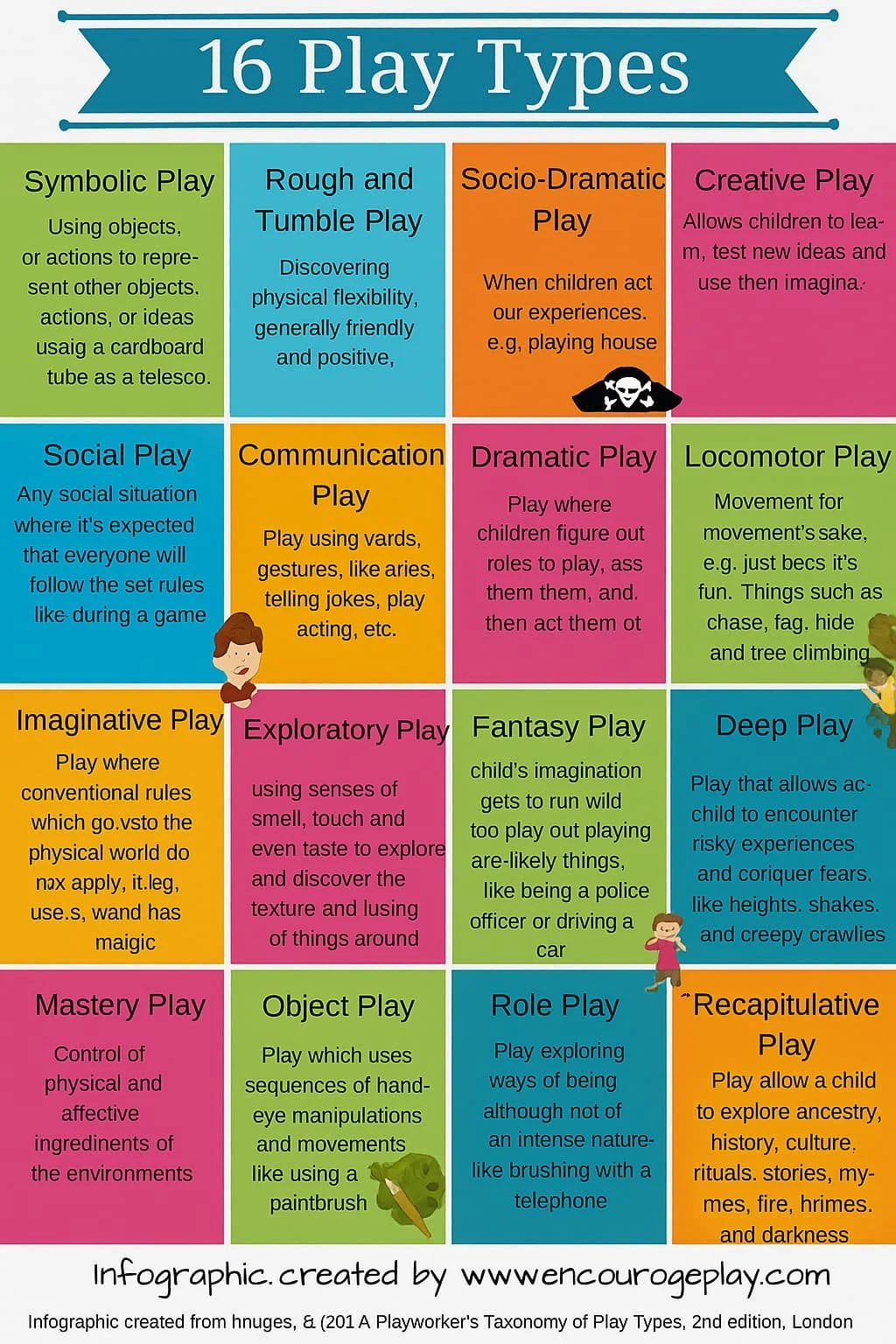16 Types of Play Every Child Needs
At Scribbles Learning Center, we know that play is the foundation of learning. But did you know there are many different kinds of play, and each one helps children develop unique skills? From building imagination to strengthening muscles, every play experience matters.
The infographic above highlights 16 types of play-everything from dramatic play and rough-and-tumble to exploratory play and communication play. These categories remind us that children don't just play for fun-they are learning, practicing, and preparing for the world around them.
Why It Matters
Whole-Child Development: Different play types support physical, social, emotional, and cognitive growth.
Confidence & Creativity: Pretend play, symbolic play, and role play allow children to imagine possibilities and express themselves.
Problem Solving & Resilience: Deep play, mastery play, and exploratory play give children safe ways to take risks and learn from mistakes.
Connection & Belonging: Social and communication play help children practice cooperation, empathy, and teamwork.
Play at Scribbles
In our classrooms, teachers intentionally create opportunities for children to explore all these types of play. Whether it's a toddler stacking blocks (object play), preschoolers playing "house" (socio-dramatic play), or a group of friends working together on a game (social play), each moment builds essential skills for school readiness and lifelong learning.
Play at Home
Families can encourage a balance of play by:
Rotating toys and materials to spark curiosity.
Joining in pretend play and letting children lead the story.
Providing time outdoors for movement and adventurous play.
Celebrating creativity by allowing open-ended art and building projects.
At Scribbles Learning Center, we celebrate all forms of play-because we know that through play, children learn best.

